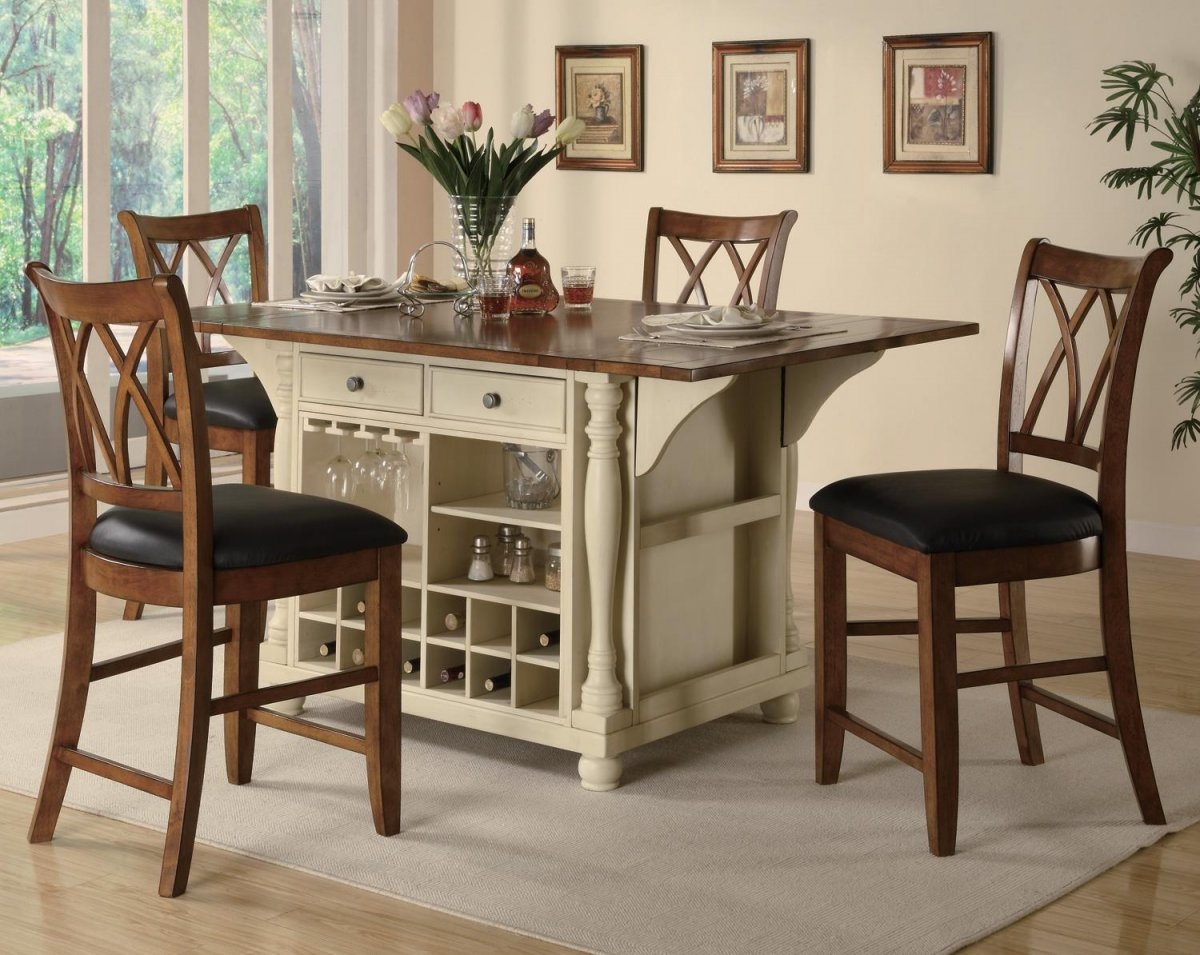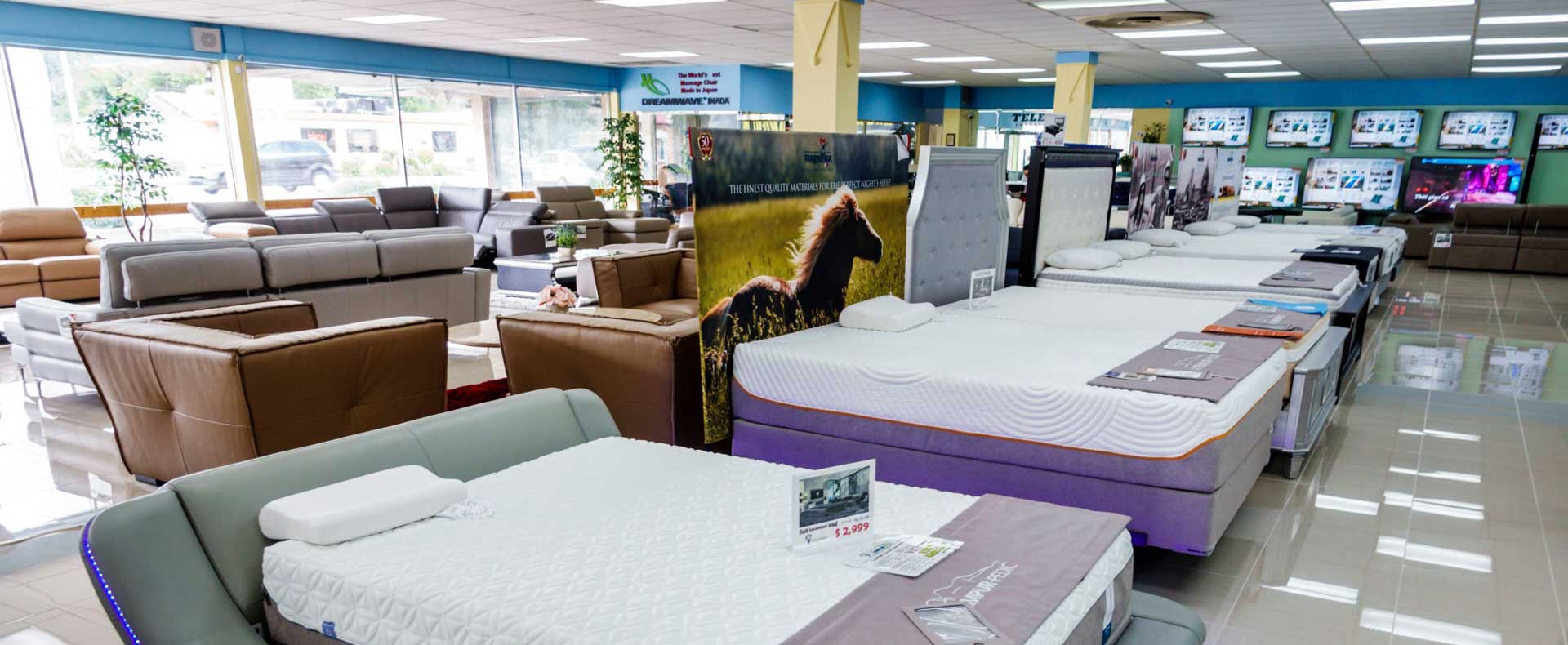A well-designed office kitchen can transform the entire atmosphere of a workplace. Before the redesign, employees may have dreaded their lunch breaks in a cramped, outdated kitchen. However, after the new office kitchen design is implemented, the space becomes more inviting, functional, and aesthetically pleasing. Employees can enjoy a more enjoyable and efficient lunch break in a space that promotes relaxation and productivity.
What are the before and after effects of the new office kitchen design?
1. 1. What are the before and after effects of the new office kitchen design? 2. The importance of office kitchen design in employee satisfaction and productivity 3. The role of colors and lighting in office kitchen design 4. How to incorporate technology in office kitchen design for a more efficient space 5. Maximizing space in a small office kitchen design 6. Incorporating eco-friendly elements in office kitchen design for a sustainable workplace 7. Designing an office kitchen for various dietary restrictions and preferences 8. The impact of a well-designed office kitchen on company culture 9. Ways to stay within budget while still achieving a functional and aesthetically pleasing office kitchen design 10. Creating a multi-functional office kitchen space for meetings, events, and social gatherings
The Importance of Office Kitchen Design

The office kitchen may seem like a minor element in overall office design, but it actually plays a significant role in employee productivity and satisfaction. A well-designed office kitchen not only provides a space for employees to eat and take breaks, but it can also foster collaboration, creativity, and a sense of community within the workplace.
Efficiency
The main purpose of an office kitchen is to serve as a place for employees to prepare and consume meals. However, with a poorly designed kitchen, this simple task can become a time-consuming and frustrating experience. This can lead to employees skipping meals or having to leave the office to find food, ultimately affecting their productivity and energy levels. Efficiency is key in office kitchen design, and incorporating features such as ample counter space, multiple sinks, and easy-to-access appliances can greatly improve the functionality of the kitchen.
Health and Wellness
A well-designed office kitchen can also promote health and wellness among employees. Healthy eating is essential for maintaining energy levels and focus throughout the workday. By providing a space for employees to store and prepare their own meals, the office kitchen can encourage healthier eating habits. Additionally, incorporating natural lighting and comfortable seating can create a welcoming and relaxing atmosphere for employees to take a break and recharge.
Culture and Community
Having a communal space for employees to gather and socialize can greatly improve the company culture and foster a sense of community within the workplace. The office kitchen can serve as a hub for employees to bond over meals and build relationships outside of their work tasks. This can lead to increased camaraderie and collaboration among team members, ultimately promoting a positive work environment.
Incorporating Design Elements

An office kitchen should not only be functional, but it should also reflect the overall design aesthetic of the office. By incorporating design elements such as color, lighting, and furniture, the kitchen can become a seamless part of the overall office space. This also creates a more visually appealing and cohesive workspace for employees, making them feel more connected to their workplace.
Conclusion

The importance of office kitchen design should not be underestimated. A well-designed office kitchen can improve efficiency, promote health and wellness, and foster a positive company culture. When planning the layout and design of an office, the kitchen should not be overlooked, but rather seen as a valuable space for employees to recharge, collaborate, and build community.














